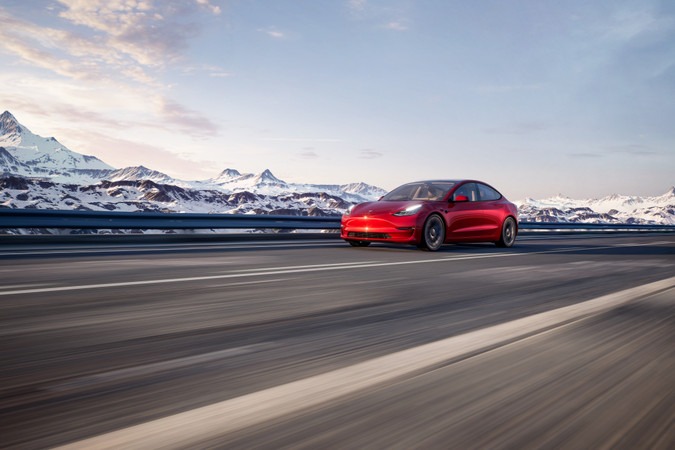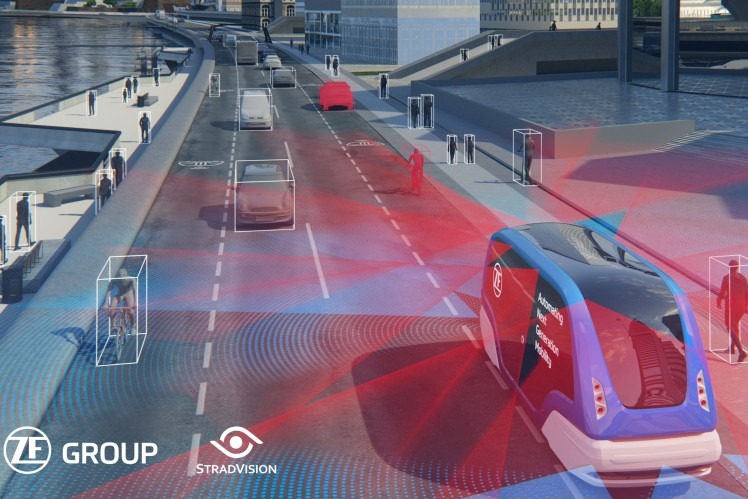Tesla’s cheapest electric vehicle, the Model 3, just got more expensive in Germany
06 April 2022

Tesla’s most affordable car, the Model 3, has just become more expensive in Germany, with the electric-vehicle maker increasing the list price for the base model by €7,000. This means, the electric car no longer qualifies for the highest government incentive.
The price hike took consumers by surprise as it more or less happened over night. The Model 3 previously costs €42,900 and is now available for €49,900, an increase of more than 16%. It is not the first time Tesla increased the list price for the Model 3. In January 2021, the base model cost €39,900. The carmaker did not give any reason as to why it increased the list price.
Buyers will no longer be eligible for the highest EV subsidies, provided by the German government to incentivise electric-vehicle adoption. Consumers buying an electric car can benefit from a bonus of €9,000, depending on the price of the EV. The subsidy is split between the state and the car manufacturer, with the former providing €6,000 in subsidies while the carmaker contributes €3,000.
On its website, Tesla states that ‘all variants of the Model 3 qualify for the environmental bonus of €7,500.’ In general, pure battery-electric vehicles with a net list price of up to €65,000 are subsidised. Incentives differ, with EVs costing between €40,000 to €65,000 receiving lower subsidies. In Tesla’s case, the state now subsidises €5,000 while the manufacturer contributes €2,500. Tesla’s Model Y is also eligible for the €7,500 bonus.
Impact on residual values?
‘OEMs often assume that list price increases will translate directly into residual value increases,’ said Andreas Geilenbruegge, head of valuations and insights at Schwacke (part of Autovista Group).
‘In reality, however, this is usually not the case, especially when, as here, nothing has changed technically, and the jump is so large. Why should customers suddenly spend more money for the identical used vehicle as long as they have the choice, which the less amused new-car customer admittedly does not have?’
Other Tesla models in Europe have gradually become pricier, partly due to global supply chain issues and a shortage of chips. The invasion of Ukraine is also driving up raw material costs, which are needed for electric-vehicle battery production. Nickel, for instance, has seen recent price hikes. Analysts forecast that soaring raw-material prices are likely to make electric cars more expensive, also impacting EV adoption.
Tesla reports ‘difficult’ quarter
In the US, Tesla increased the prices of both the Model Y and Model 3 Long Range sedans by $1,000 (€916) in March. Reuters reported the car manufacturer raised prices for both EVs about a dozen times in 2021. Prices also appear to have increased in China.
While the price increase in Germany will be annoying for customers, Tesla’s Model 3 will remain highly competitive. The news comes after the carmaker published its first-quarter EV deliveries report. In the first three months of the year, Tesla delivered 310,048 vehicles, up 68% from a year ago.
‘This was an exceptionally difficult quarter due to supply chain interruptions and China zero-Covid policy,’ tweeted CEO Elon Musk. ‘Outstanding work by Tesla team and key suppliers saved the day.’
Last month, Tesla opened its first European electric-car plant in Germany, with the carmaker eager to localise production on the continent. The opening of the Tesla gigafactory drew attention from local politicians, seeing Musk hand over cars to customers and German chancellor Olaf Scholz also attending the event.



